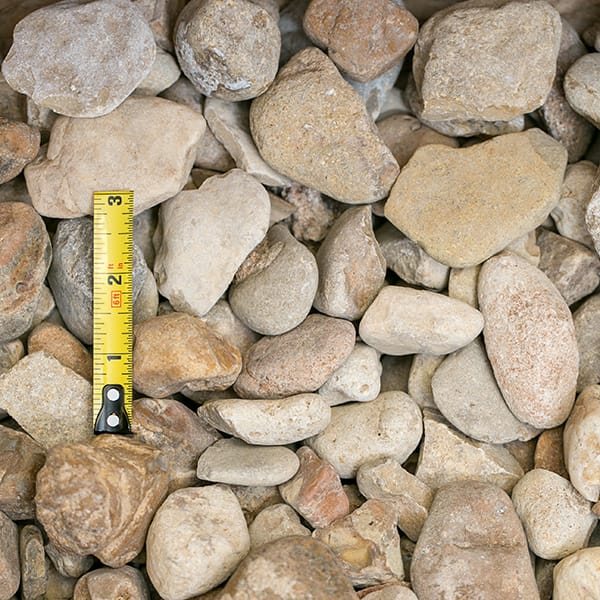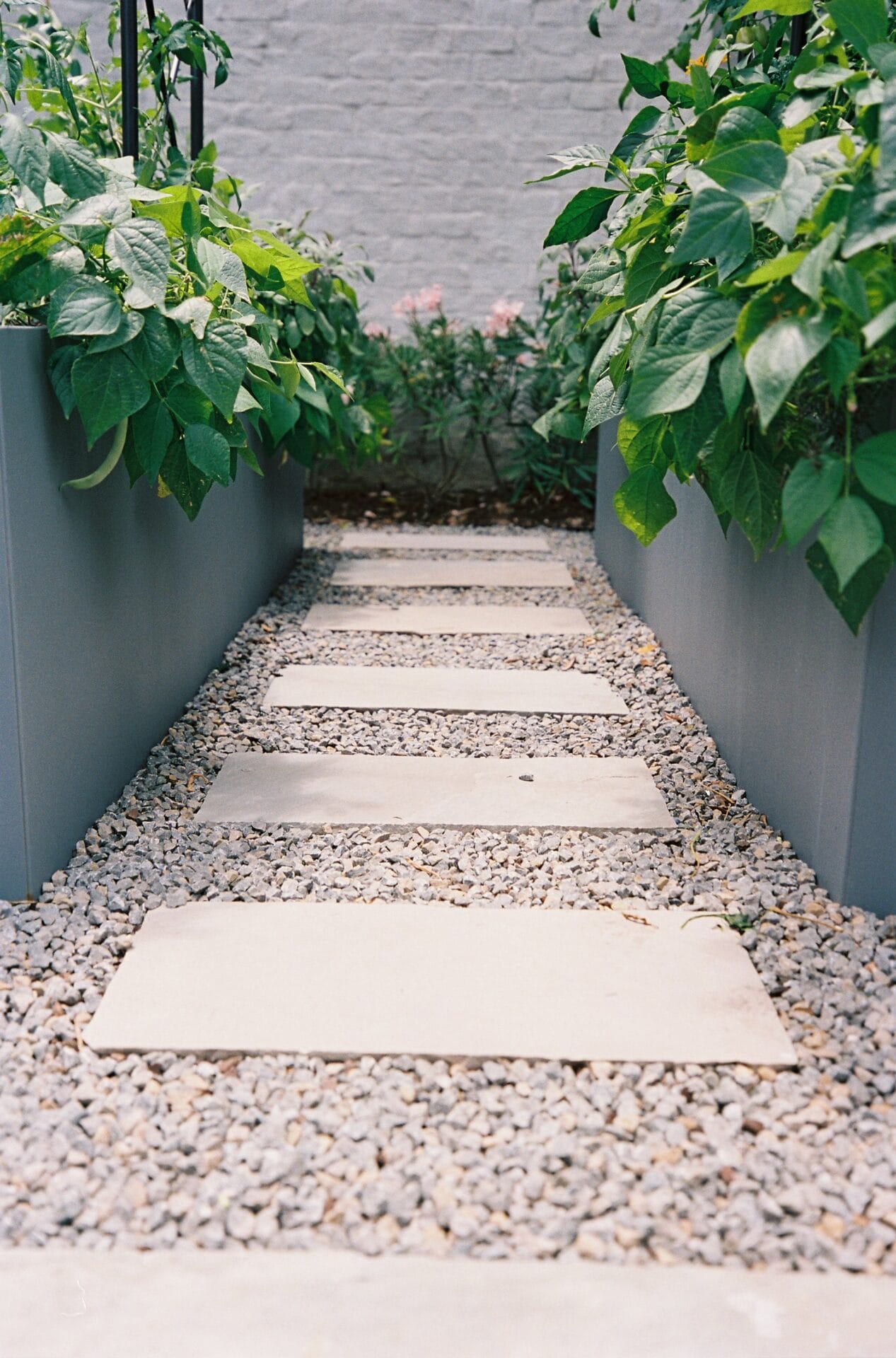The Ultimate Guide to Landscaping with Native Plants in Round Rock
By Innovation Grounds
Landscaping with native plants is one of the most sustainable and rewarding ways to create a beautiful and thriving outdoor space. In Round Rock, Texas, where the climate can be challenging, native plants offer resilience, low maintenance, and a natural connection to the local ecosystem. If you’re ready to embrace the benefits of using native plants in your yard, this guide will help you get started.
Why Choose Native Plants for Landscaping?
Native plants are species that have evolved to thrive in a specific region’s climate, soil, and conditions. Incorporating native plants into your landscaping offers several advantages, including:
Low Water Usage: Native plants are drought-tolerant, making them ideal for Round Rock’s hot summers.
Minimal Maintenance: These plants require less fertilizing, pruning, and pest control.
Support for Local Wildlife: Native plants provide food and habitat for pollinators, birds, and other beneficial creatures.
Cost Efficiency: Reduced watering, fertilizing, and maintenance costs can save you money in the long run.

Top Native Plants for Round Rock Landscaping
Choosing the right plants is essential for creating a thriving landscape. Here are some native plant options well-suited for Round Rock:
1. Perennials
Black-eyed Susan (Rudbeckia hirta): Known for its cheerful yellow blooms, this hardy perennial attracts pollinators and thrives in full sun.
Purple Coneflower (Echinacea purpurea): A vibrant addition to any garden, this plant is drought-tolerant and supports bees and butterflies.
2. Shrubs
Texas Sage (Leucophyllum frutescens): Also known as “barometer bush,” this shrub produces purple flowers after rainfall and is incredibly low-maintenance.
American Beautyberry (Callicarpa americana): With striking purple berries, this shrub provides visual interest and food for birds.
3. Grasses
Little Bluestem (Schizachyrium scoparium): A native grass that adds texture and movement to your landscape.
Gulf Muhly (Muhlenbergia capillaris): Renowned for its pink, cloud-like blooms, this ornamental grass is both stunning and hardy.
4. Trees
Live Oak (Quercus virginiana): A classic Texas tree that provides shade and requires minimal care once established.
Cedar Elm (Ulmus crassifolia): A drought-tolerant tree perfect for creating a focal point in your yard.


Tips for Landscaping with Native Plants
To ensure success with native plants in your Round Rock landscape, follow these expert tips:
1. Understand Your Soil and Sunlight
Analyze your yard’s soil type and sun exposure to select plants that will thrive in those conditions. Native plants are adaptable, but planting them in the right environment will ensure optimal growth.
2. Group Plants by Water Needs
Place plants with similar water requirements together to simplify irrigation and promote healthy growth. This technique, called “hydrozoning,” is especially effective in water-wise landscaping.
3. Incorporate Mulch
Applying mulch around plants helps retain soil moisture, regulate temperature, and suppress weeds. Organic mulches like shredded bark or compost work best.
4. Choose Local Sources
Purchase plants from local nurseries or garden centers specializing in native species. These plants are more likely to thrive because they are already adapted to the local climate.
5. Design for Year-Round Interest
Plan your landscape to include plants that bloom or change color in different seasons. This ensures your yard looks attractive throughout the year.


Benefits of Landscaping with Native Plants in Round Rock
Using native plants isn’t just good for your yard—it’s beneficial for the environment and your community. Here’s how:
Conservation of Water: Native plants reduce the strain on Round Rock’s water resources.
Reduction in Chemical Use: These plants require little to no pesticides or fertilizers, keeping harmful chemicals out of the environment.
Improved Biodiversity: A native plant landscape supports a wide range of local wildlife, promoting ecological balance.


Get Started with Native Plant Landscaping Today
Transforming your yard with native plants is an investment in beauty, sustainability, and resilience. By incorporating these low-maintenance and eco-friendly options, you’ll create a landscape that thrives in Round Rock’s unique conditions while benefiting the environment.
Ready to start your landscaping journey? Partner with a local expert or visit a native plant nursery to select the best species for your yard. With the right approach, your outdoor space can become a stunning showcase of Round Rock’s natural beauty!




